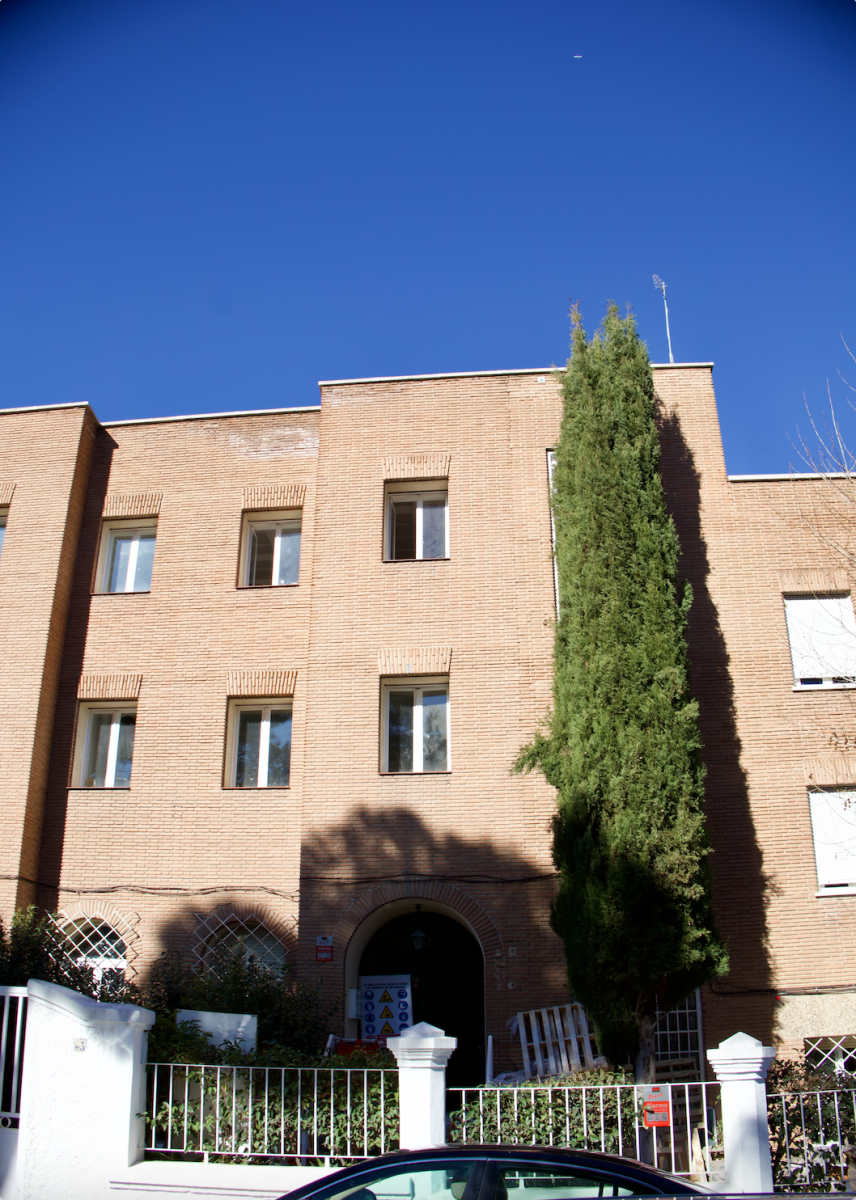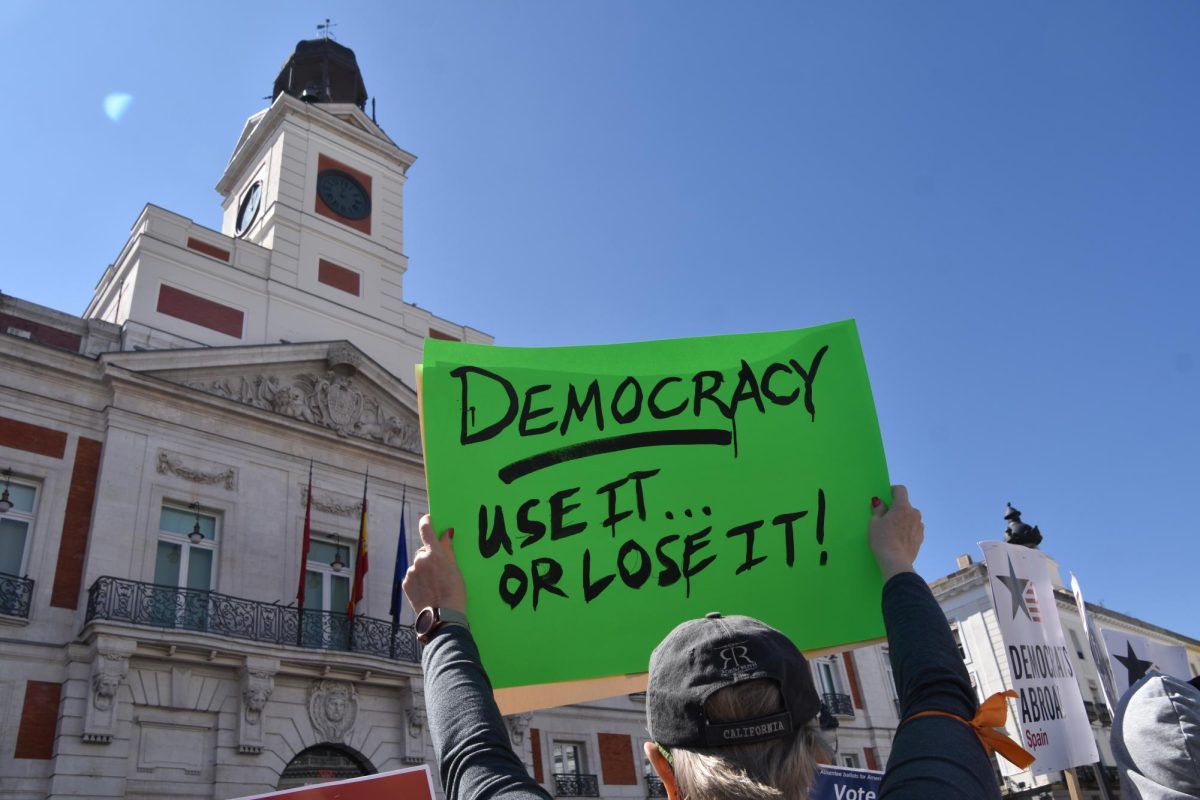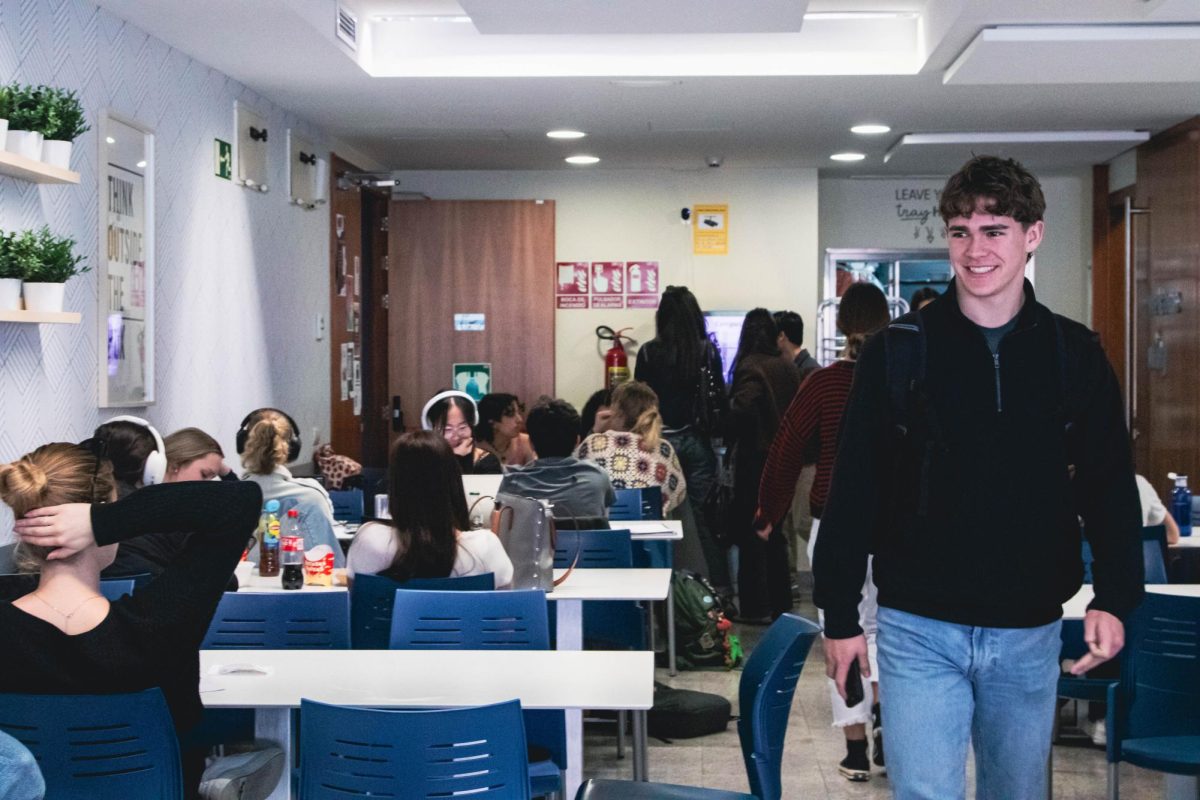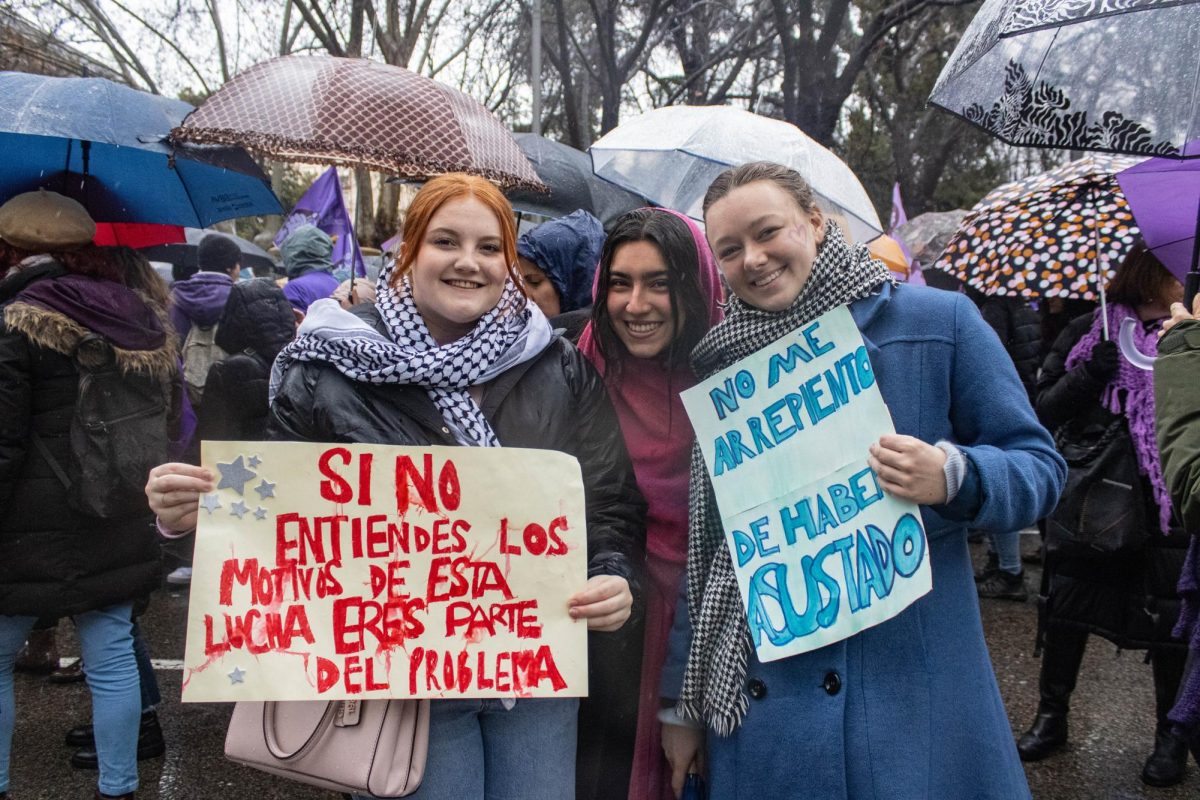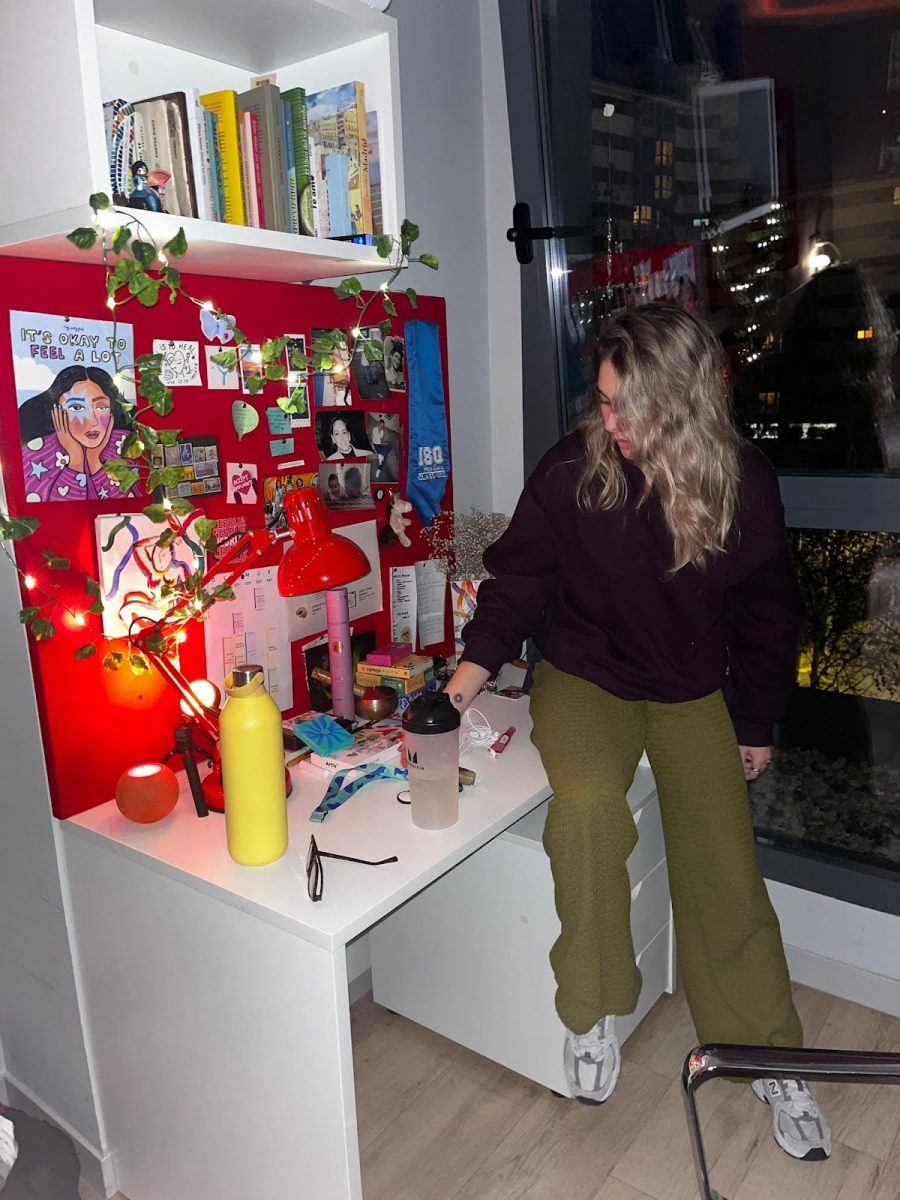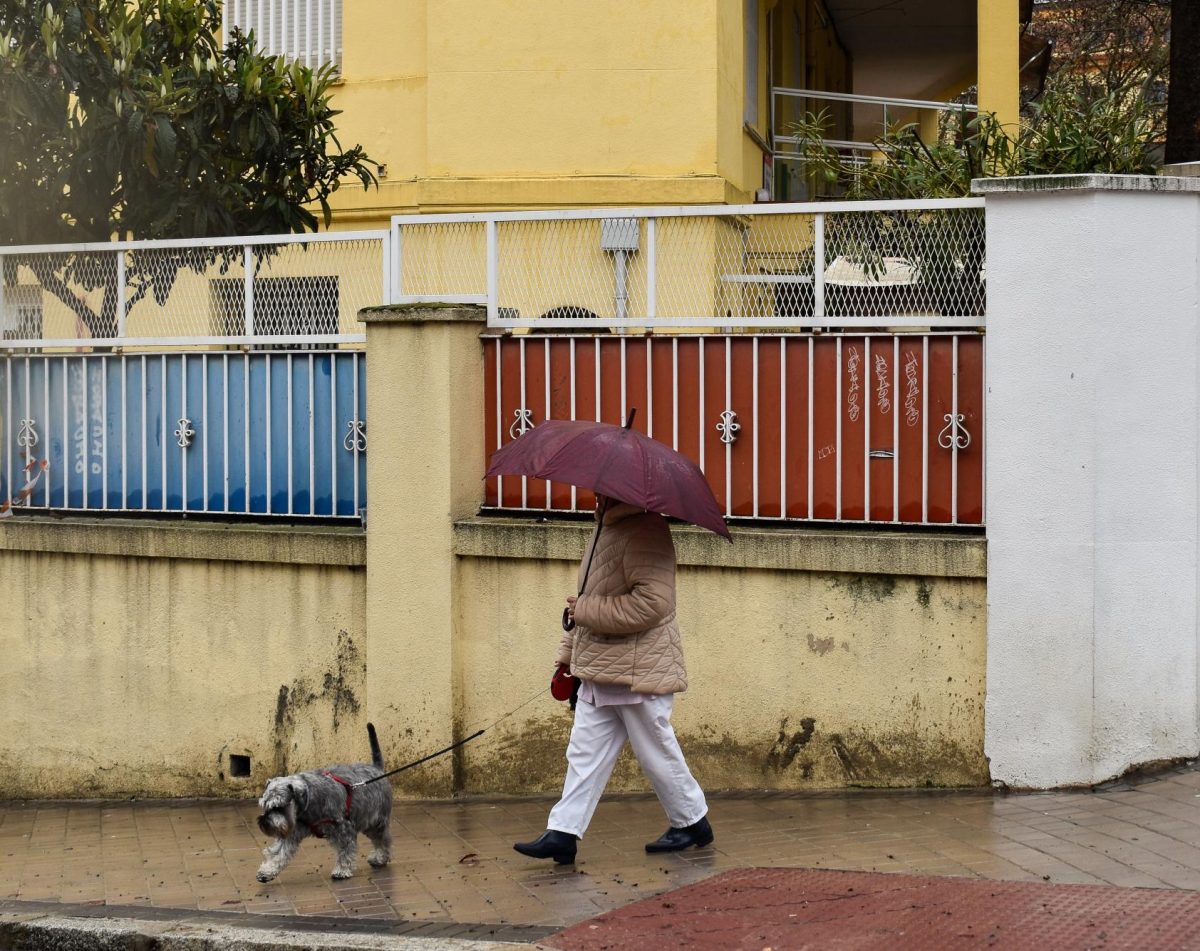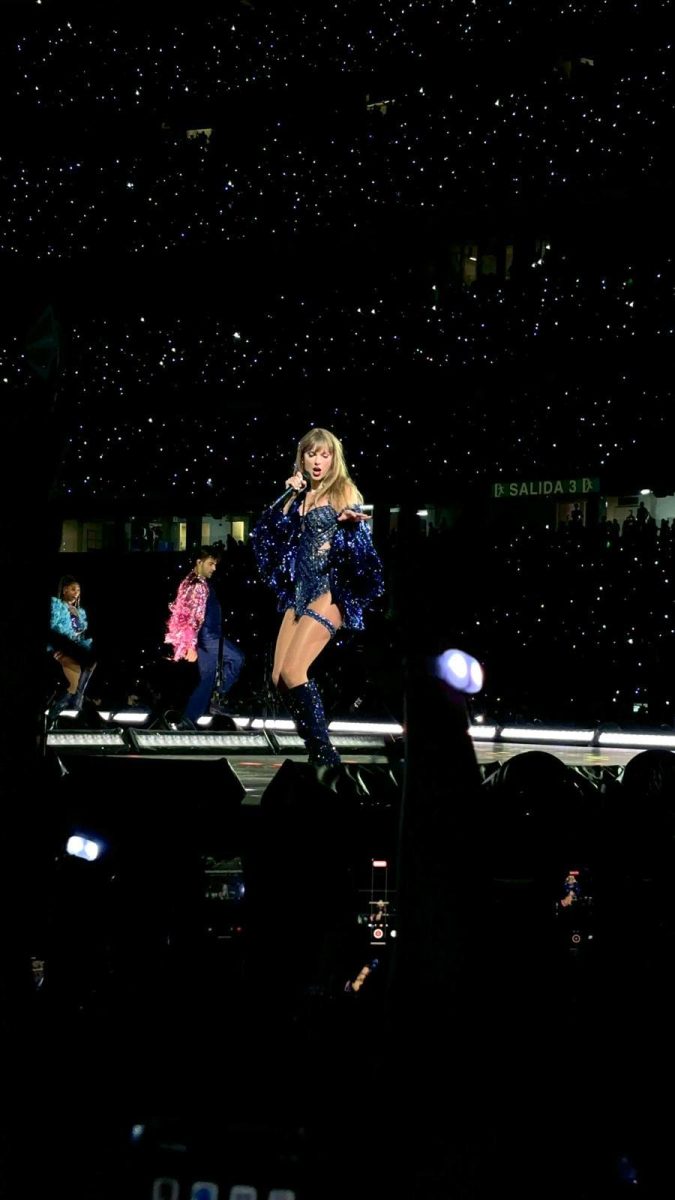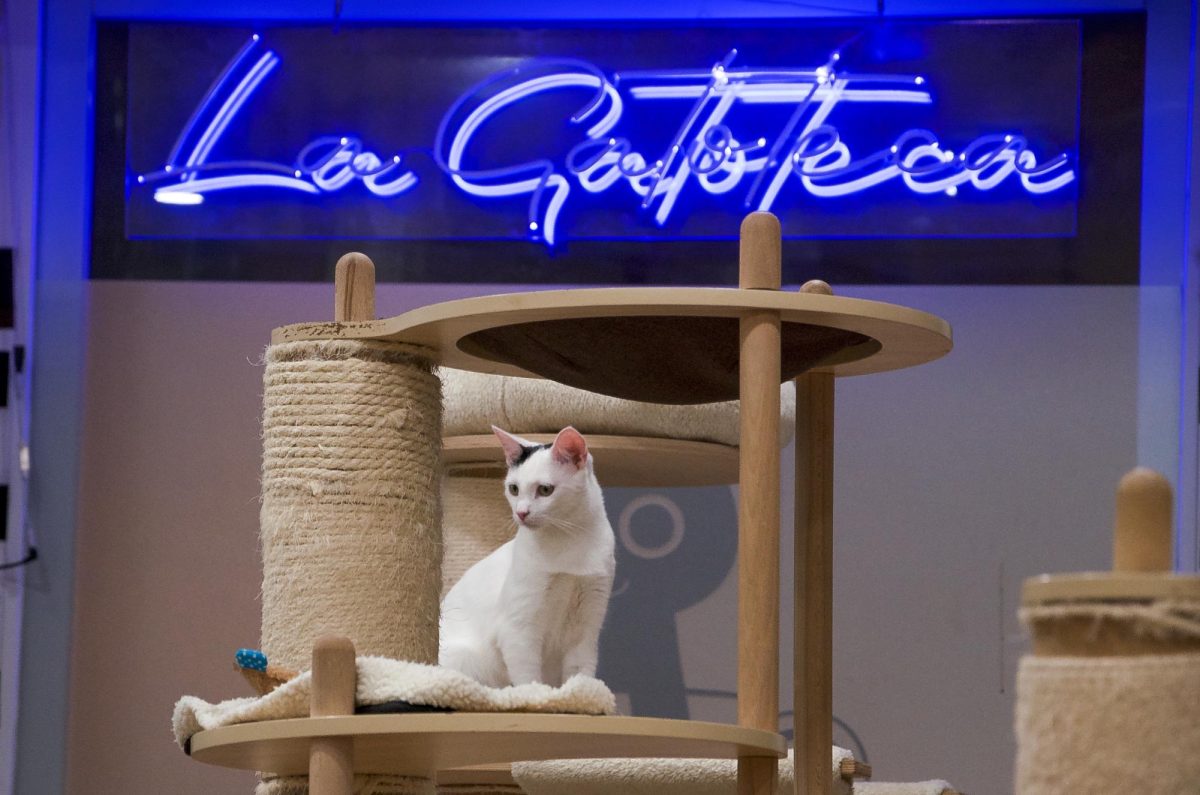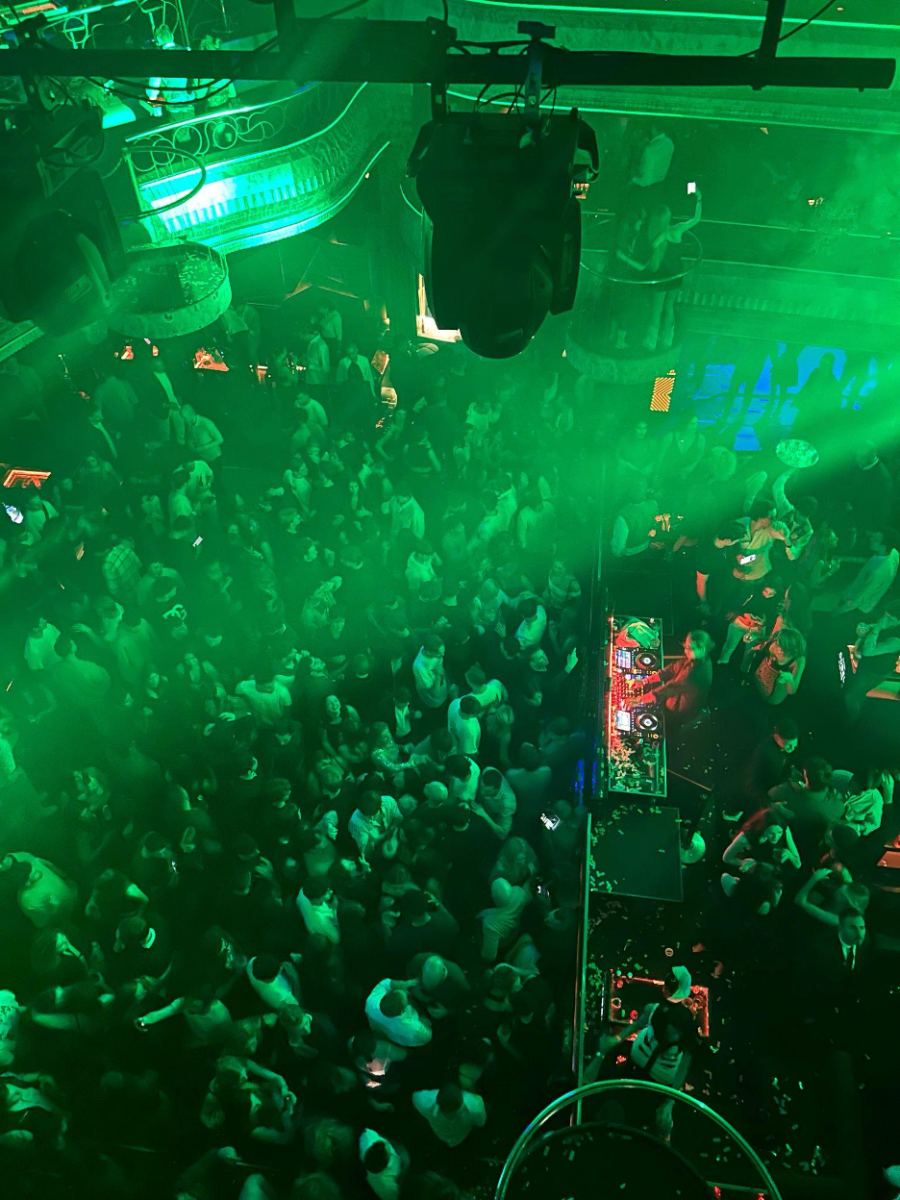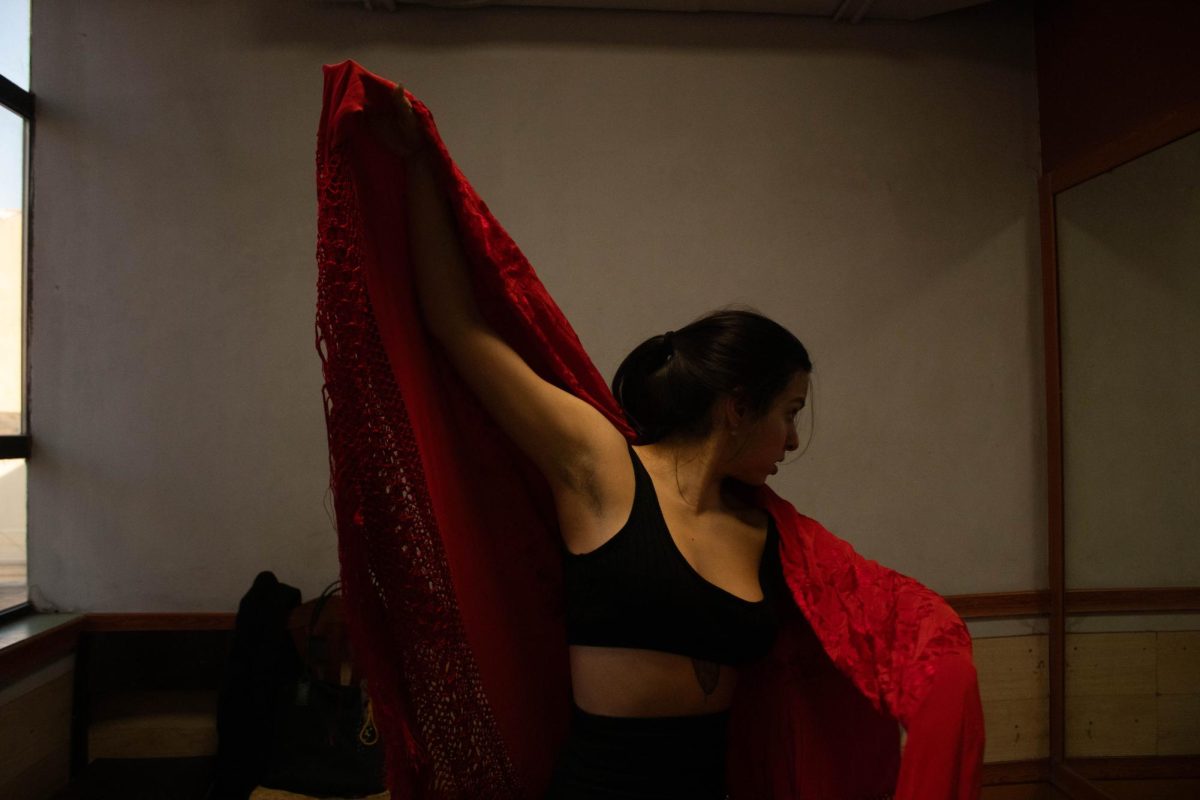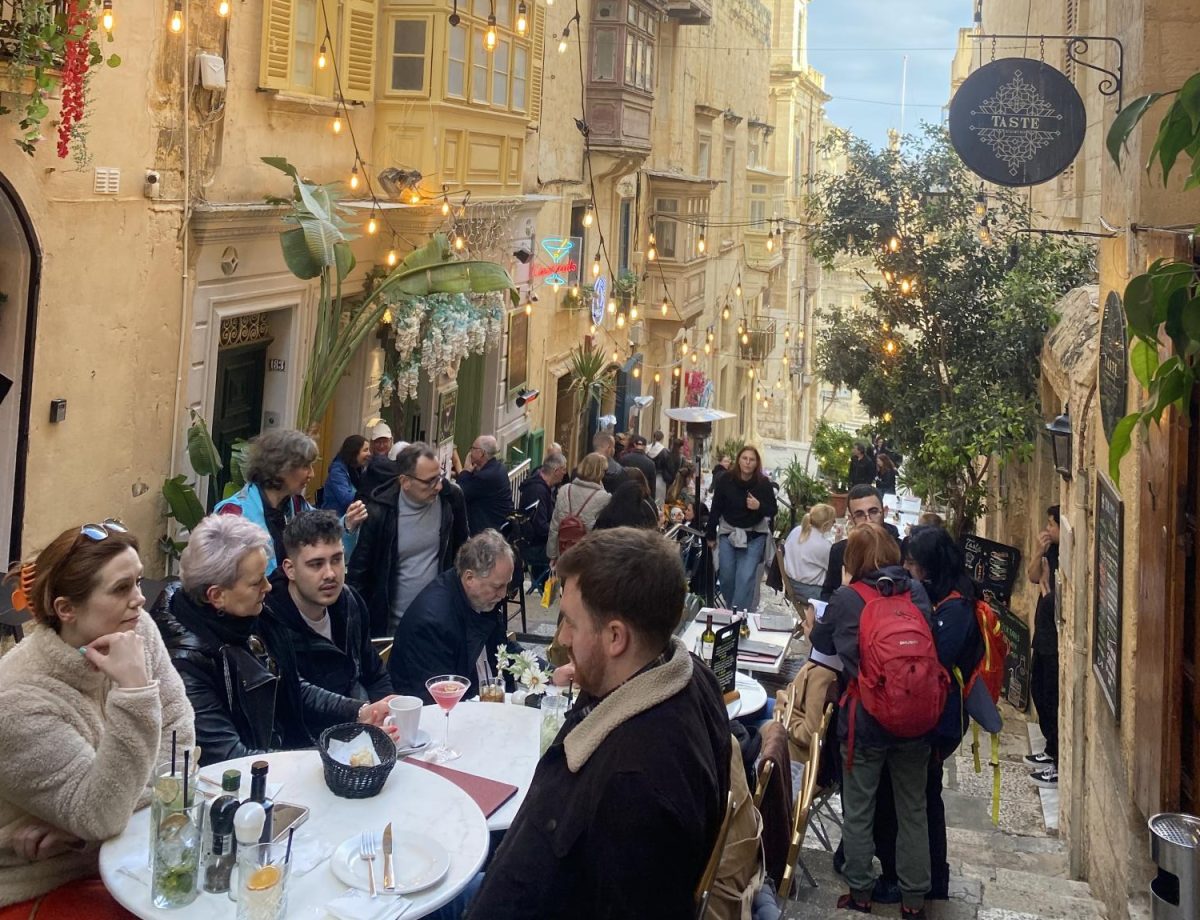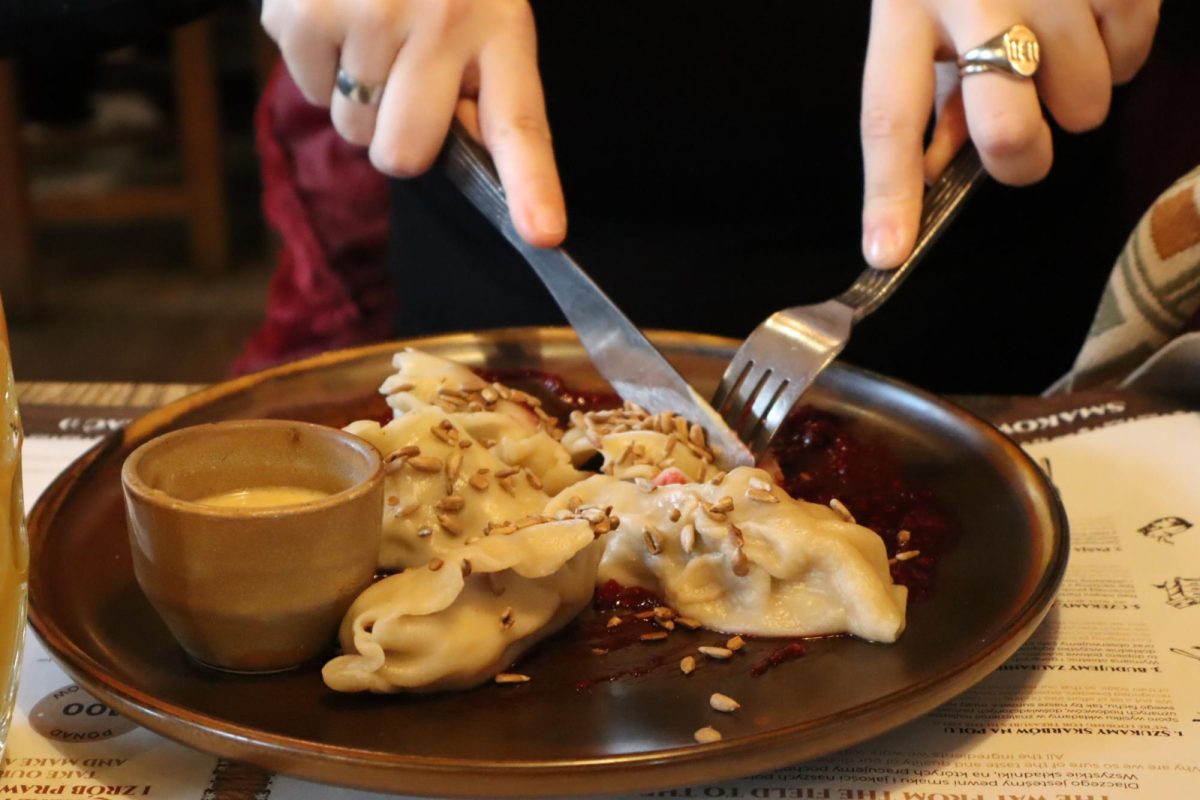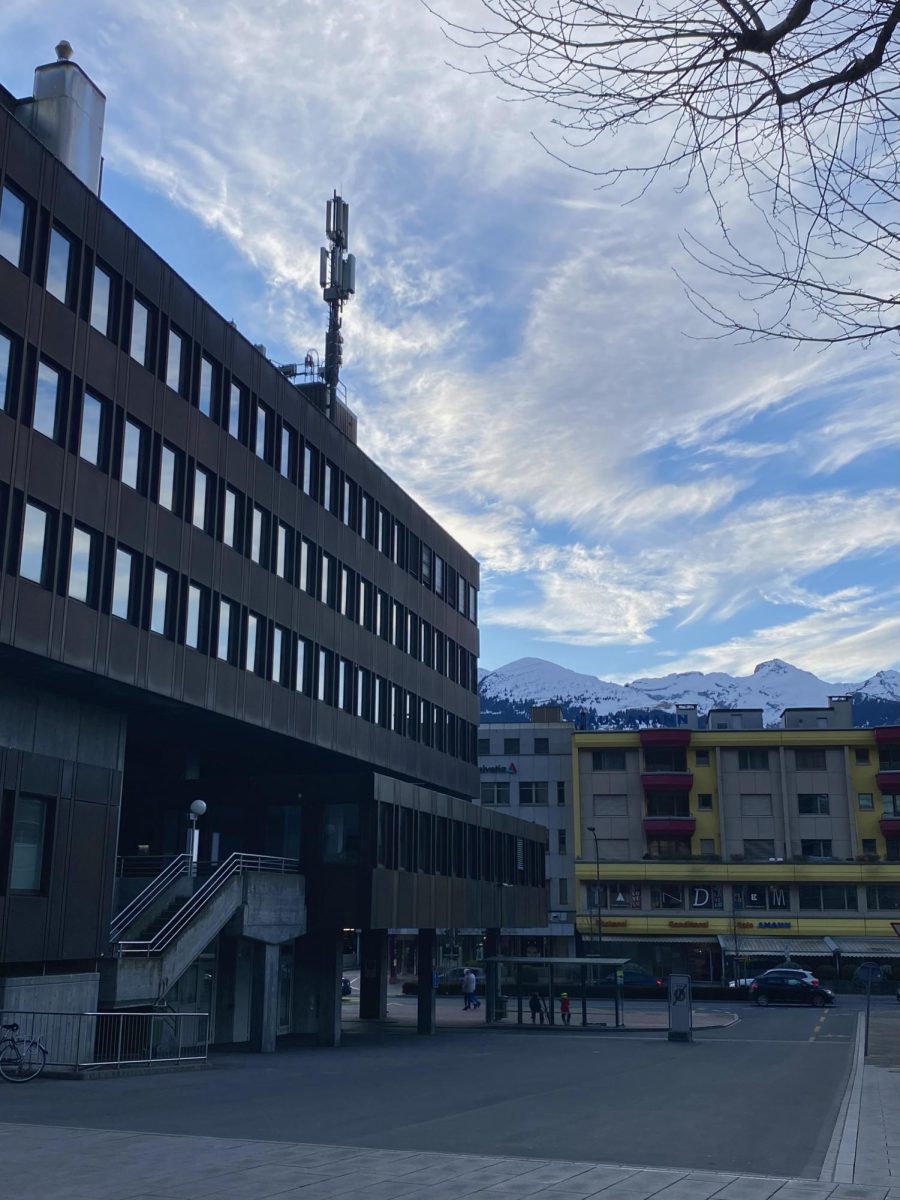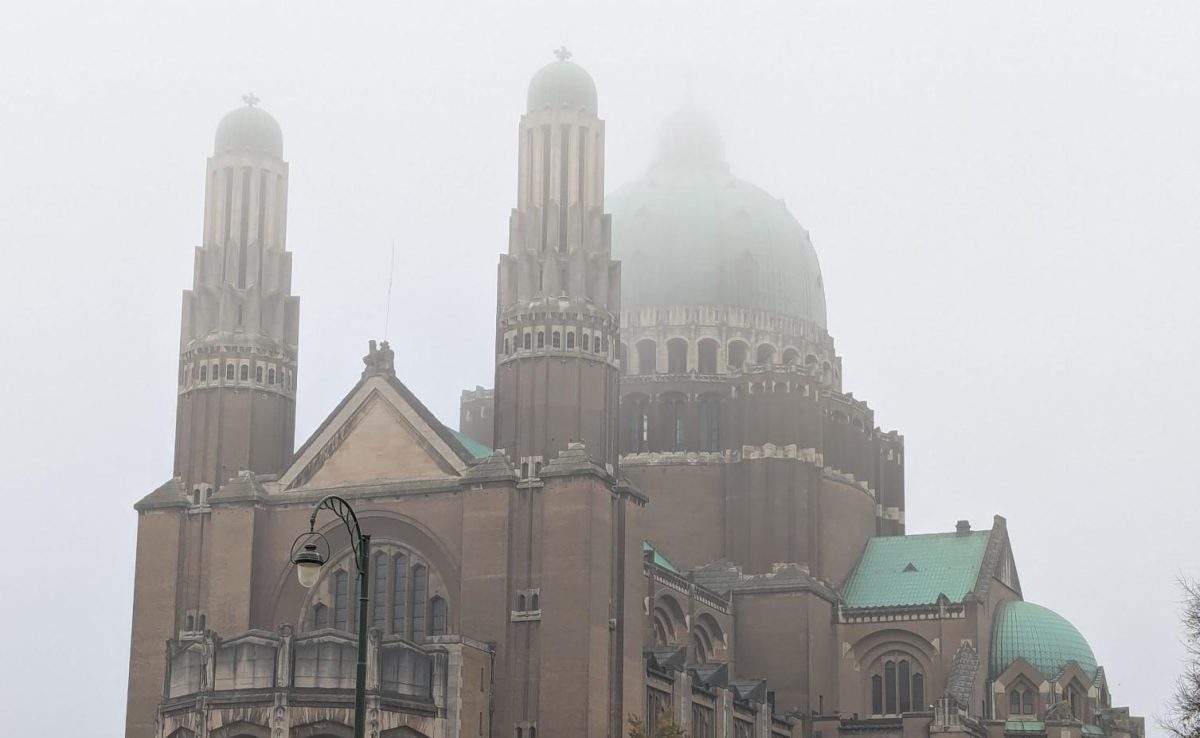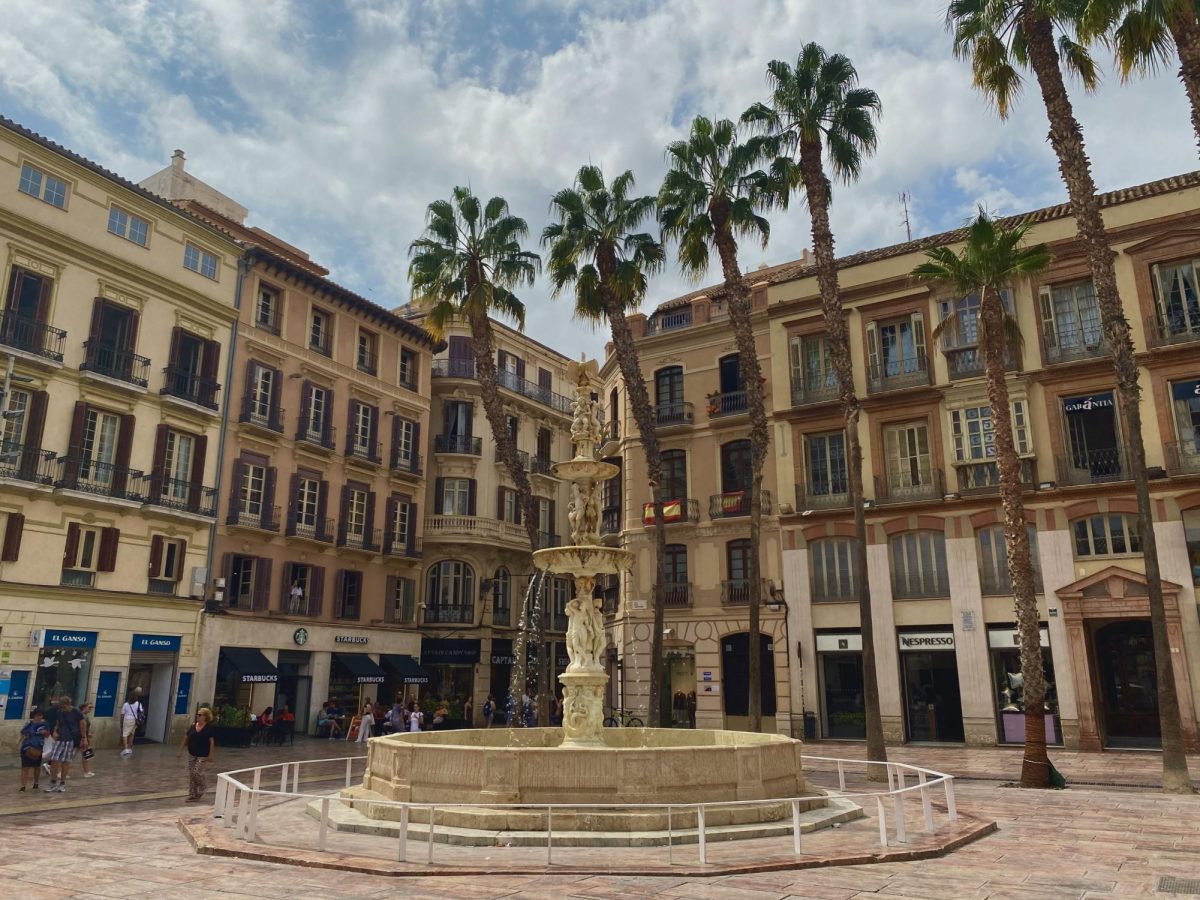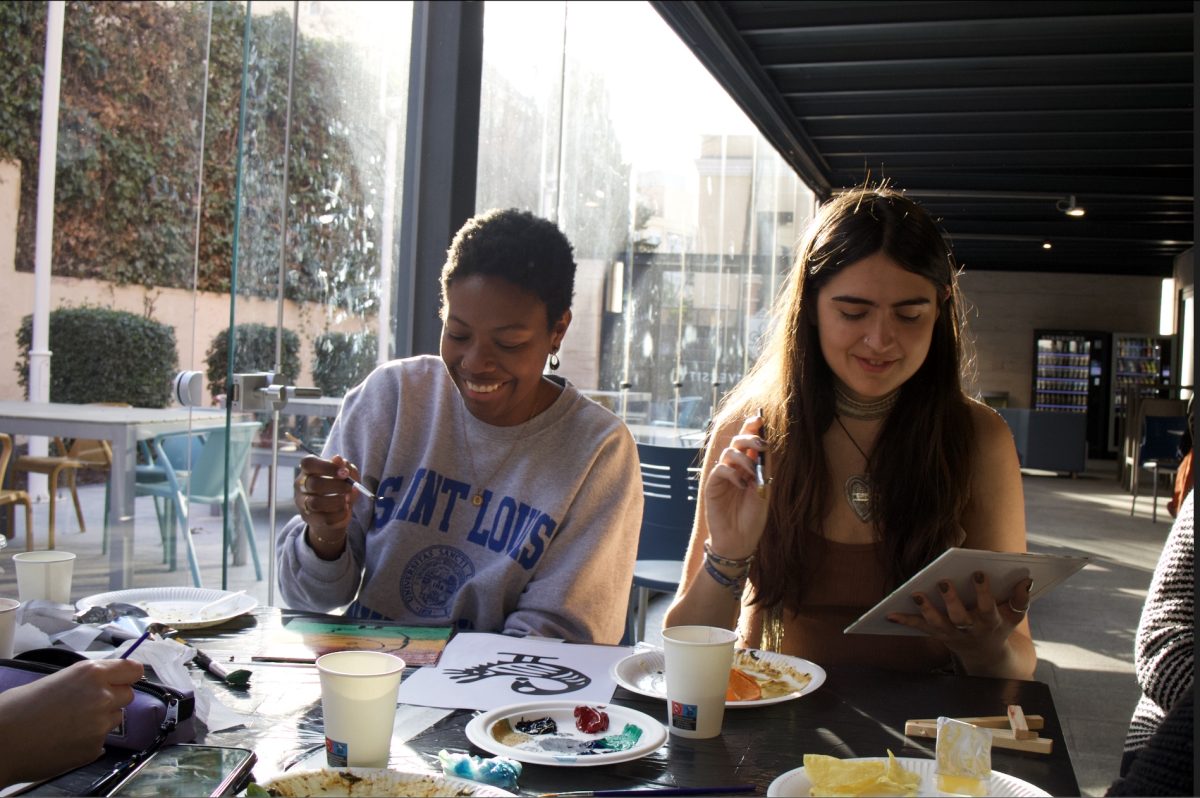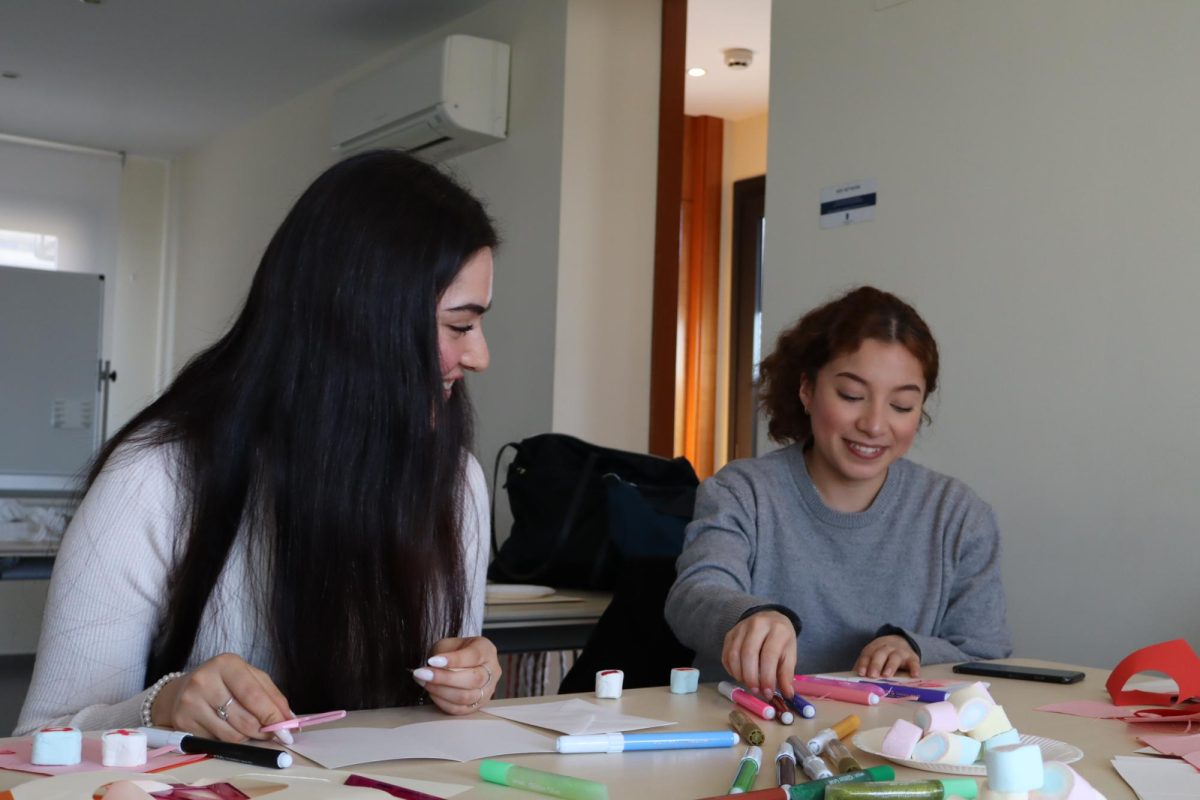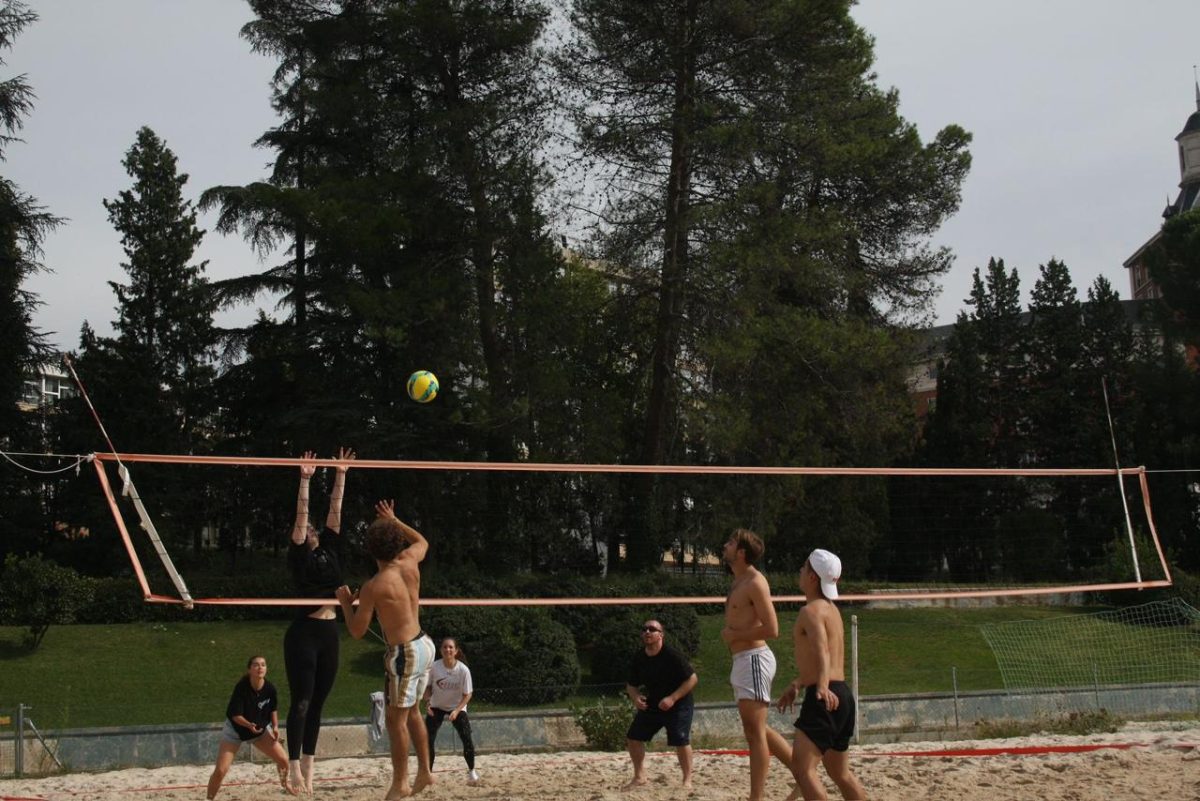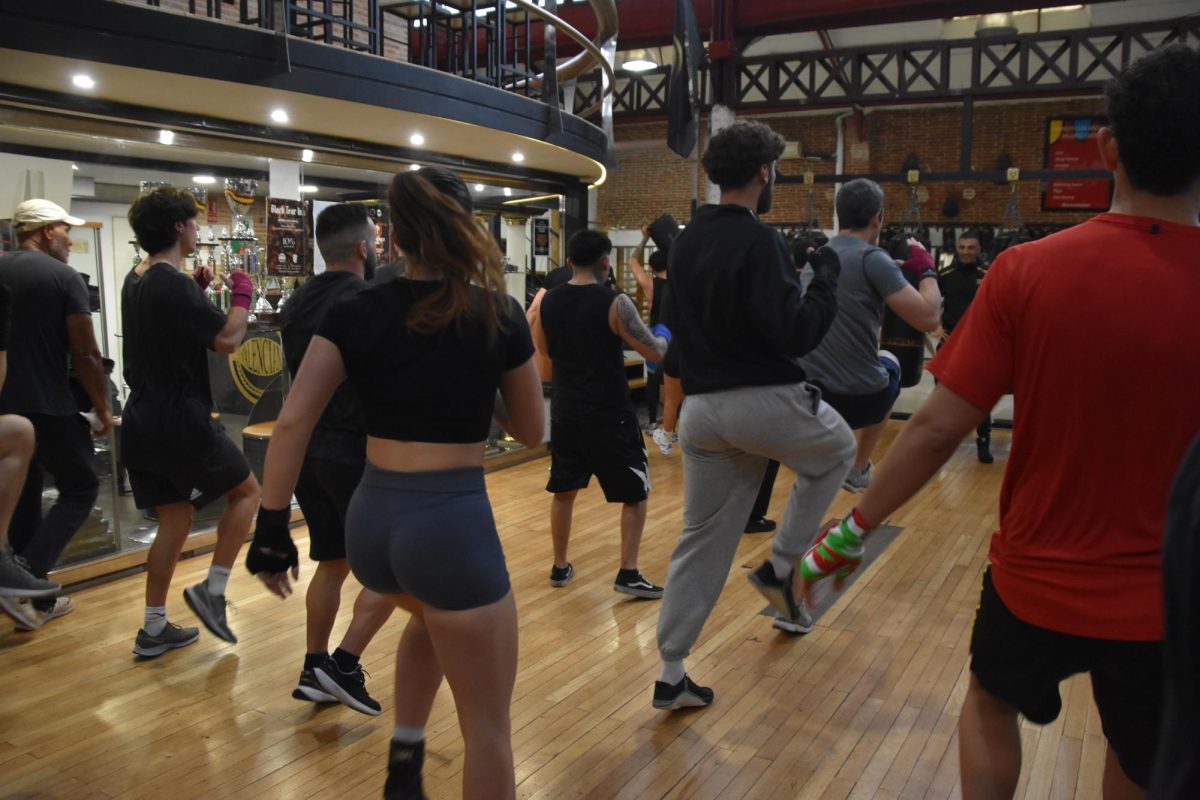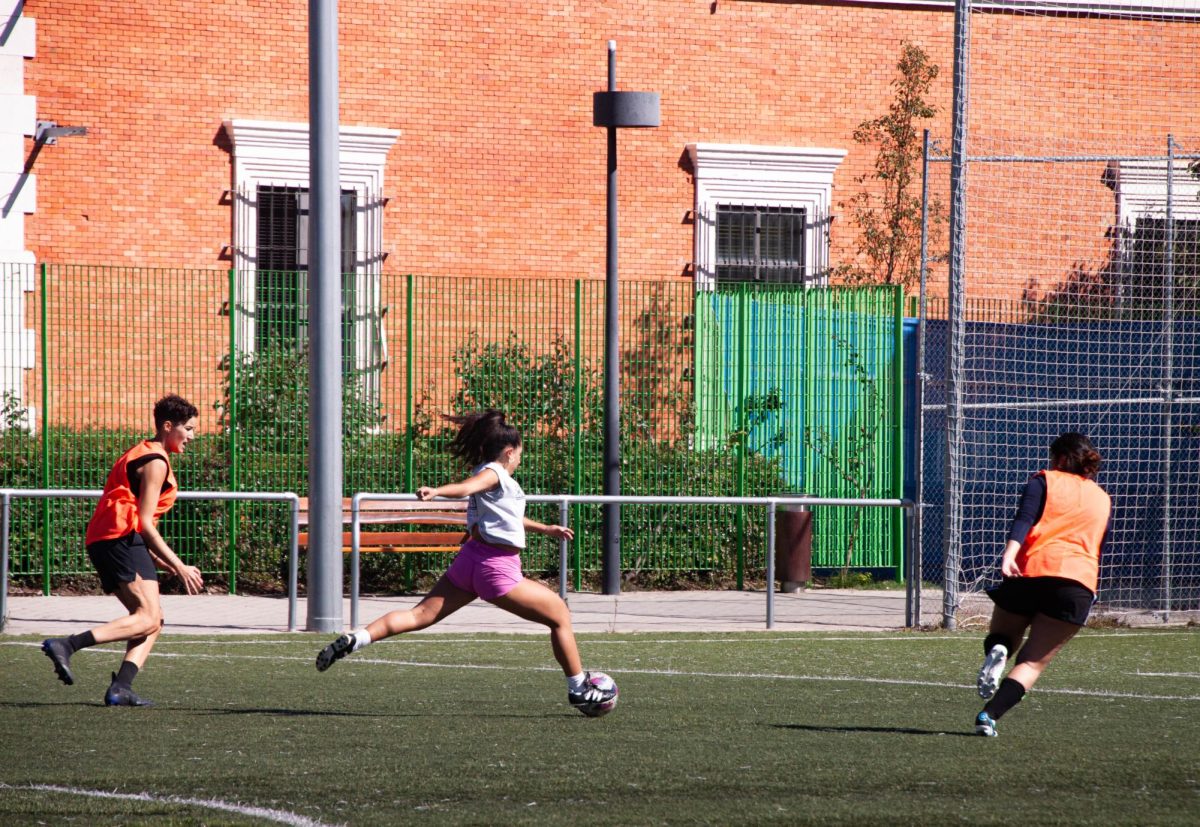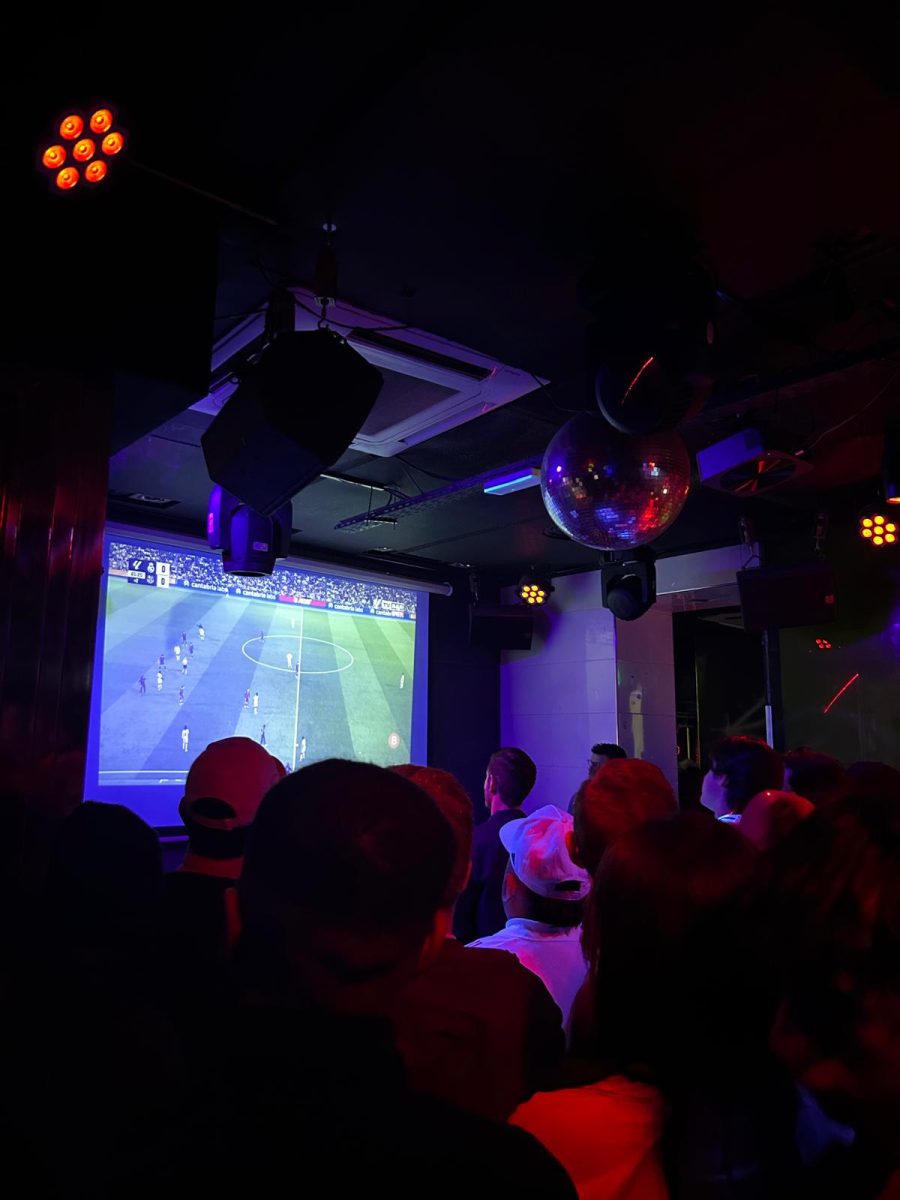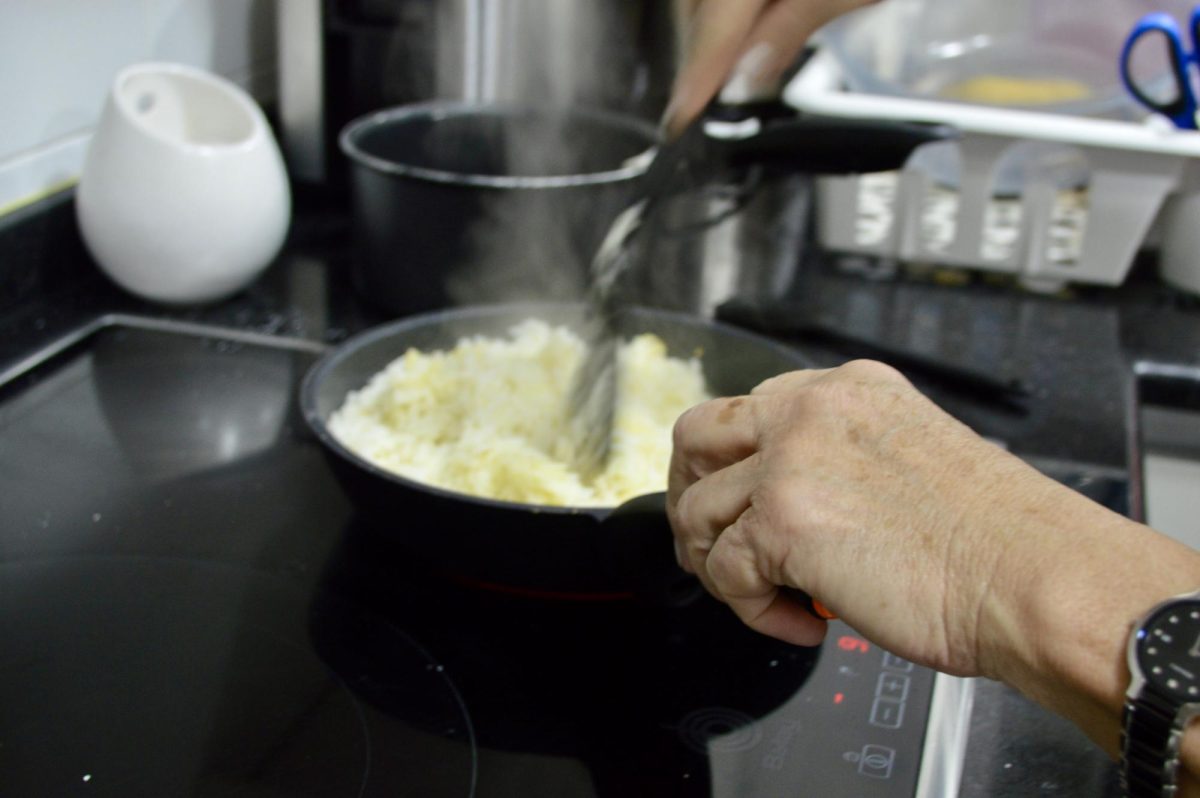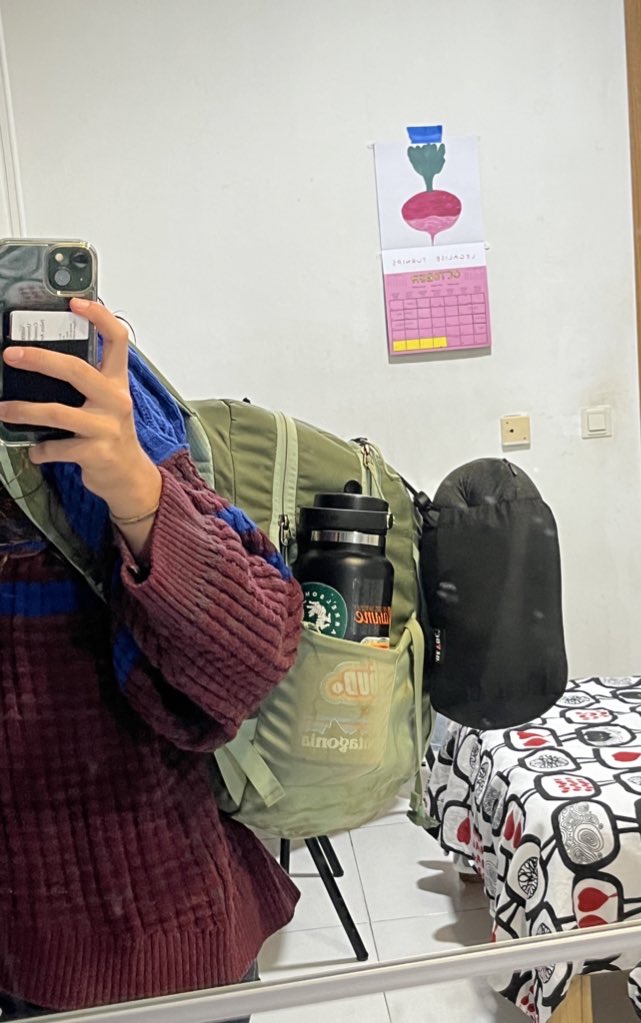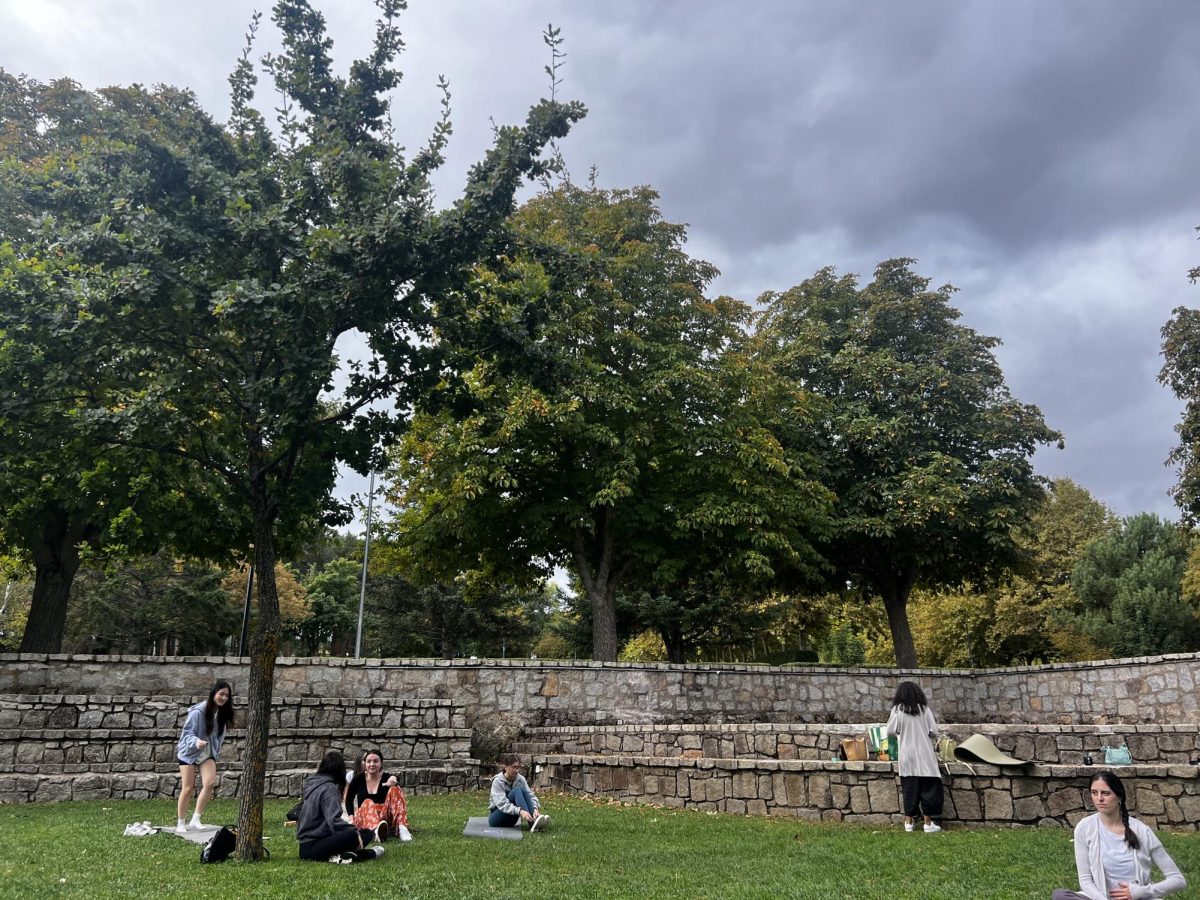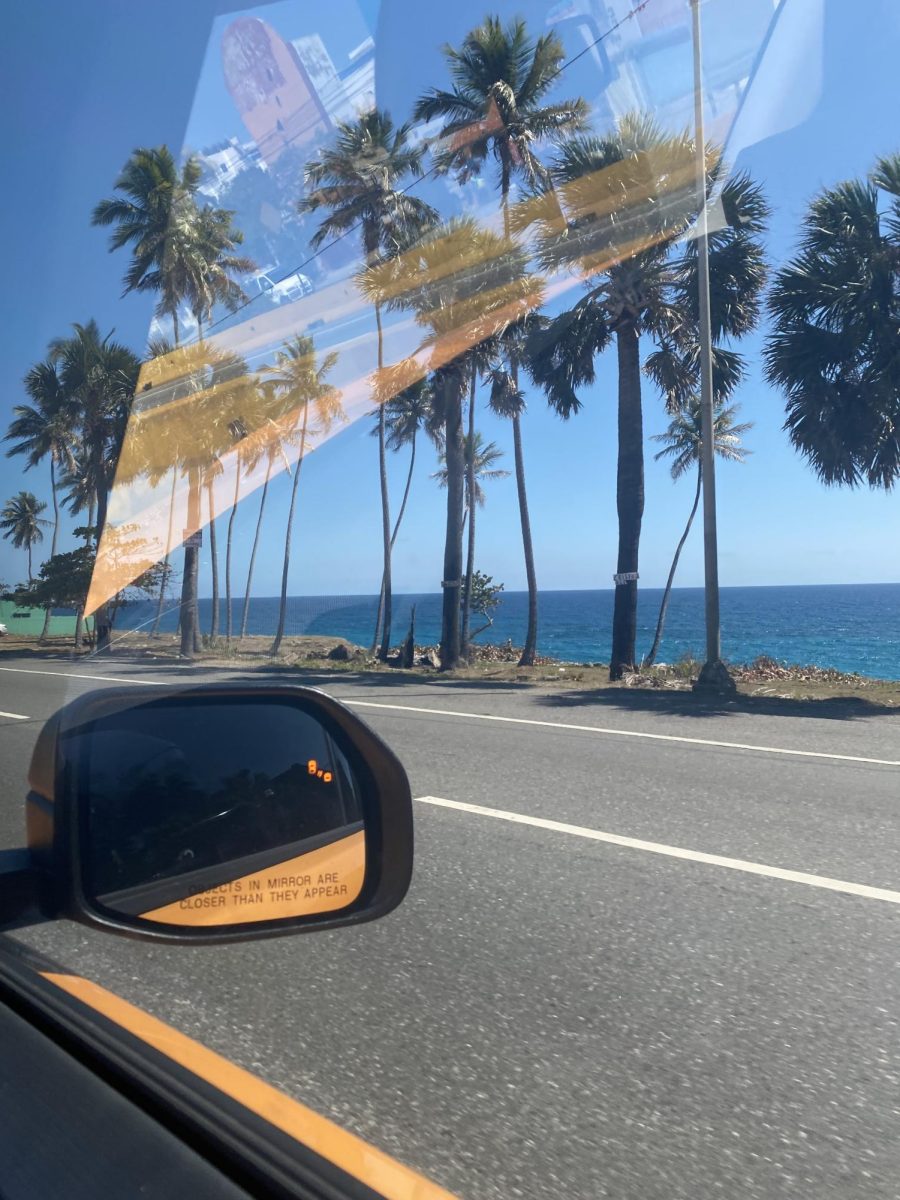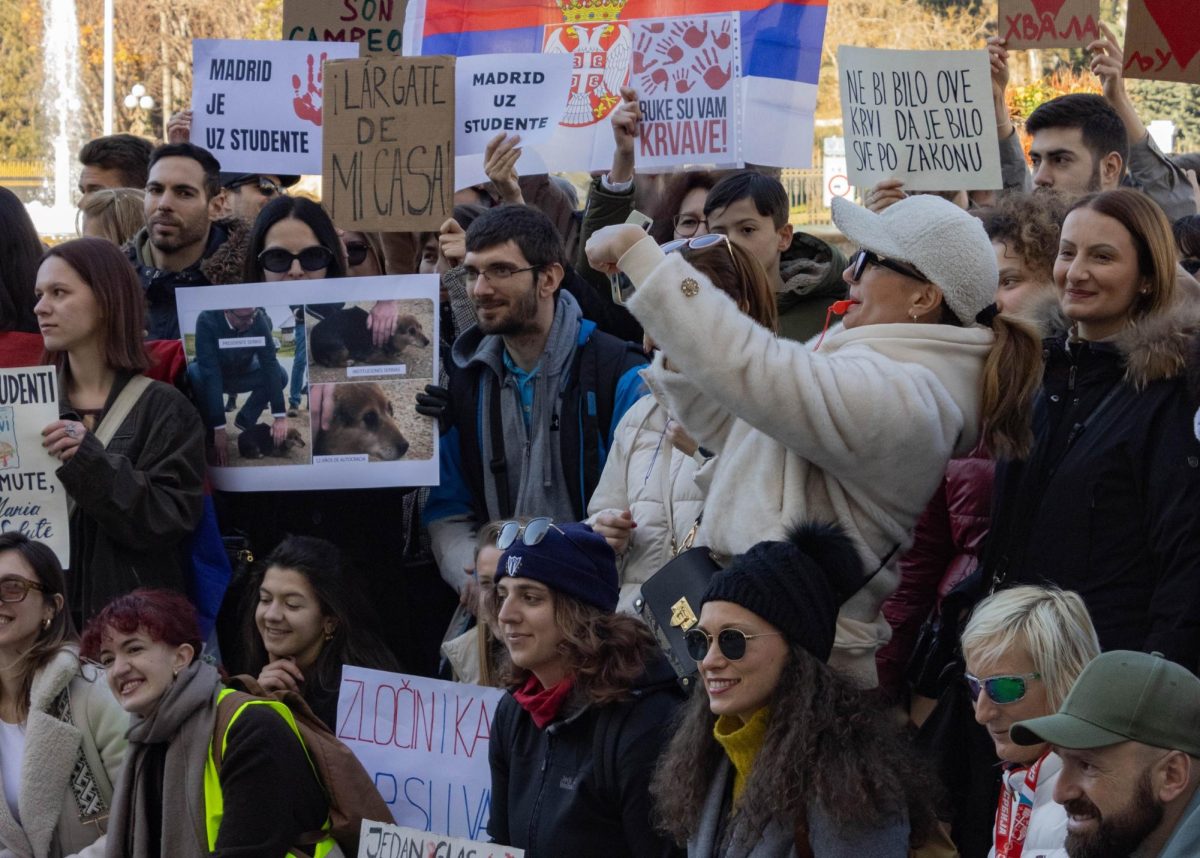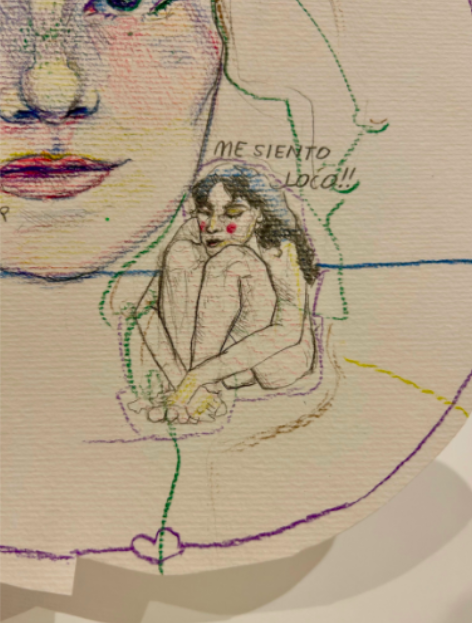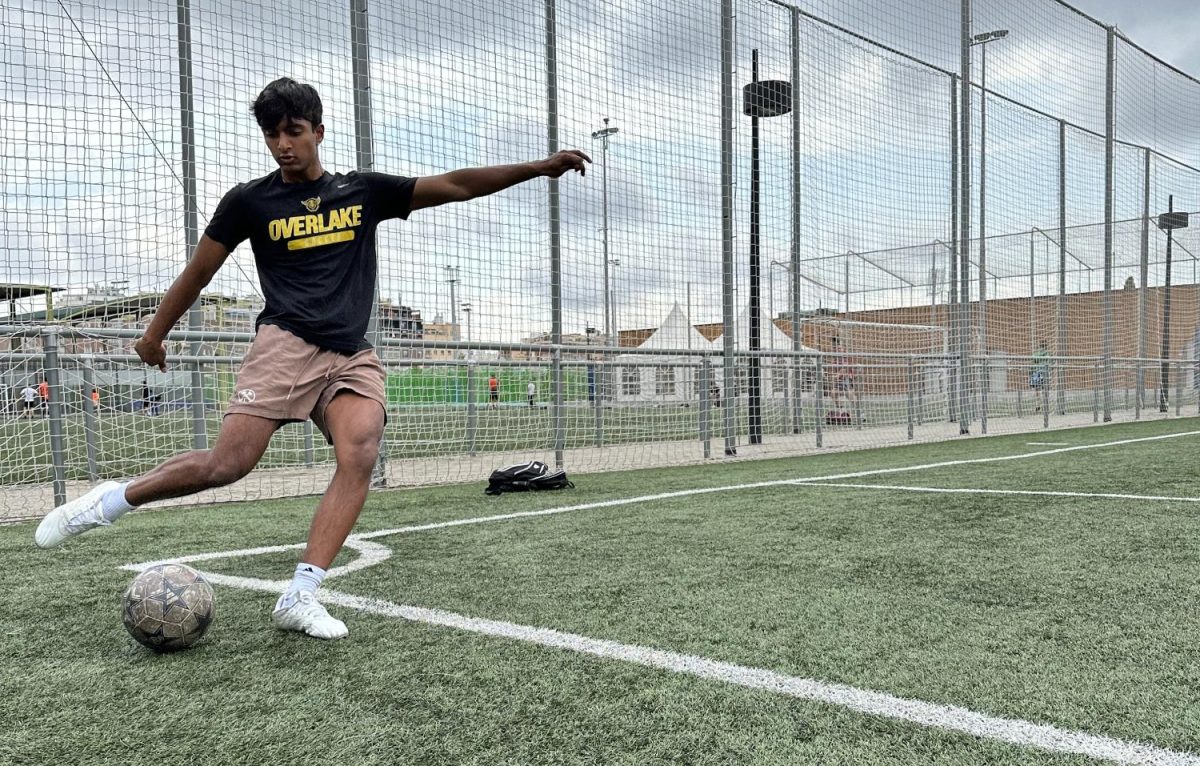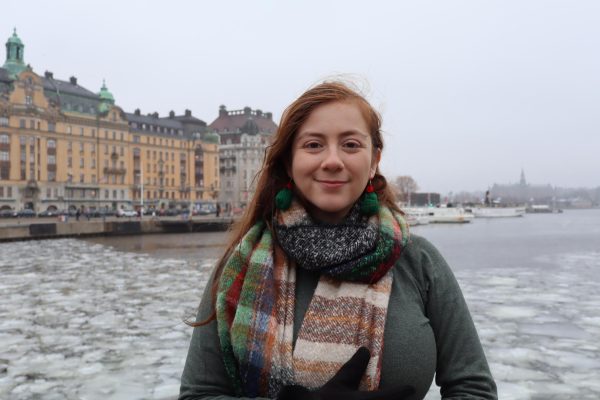A dark room is filled with individuals of various ages and backgrounds, but all eyes are locked on a dimly-lit podium. A remix of an American 2010’s anthem blasts loudly enough to muffle the sound of wheels spinning and the strong exhales of cyclists. Dressed in all black, instructor Camilia Toro yells at the room: “Vamos Síclo!”
Toro is a young instructor at Síclo, a spin studio that opened in 2019 in Madrid’s Justicia district. It’s one of many boutique fitness studios that have emerged in the city over the past decade, accompanied by a surge in brand-name activewear.
“I think workout classes have become such a culture in the US, and people start their day with a Pilates class or going to the gym,” says Lella Anders, a New Yorker studying at IE University in Madrid. “A lot more people are getting into the trend of workout classes.”
Studios have since spread across neighborhoods like Malasaña and Salamanca, drawing customers from across the city.
“It all started with Síclo, then Tracy Anderson and then Casa Barré, and now there is even Orange Theory,” says Carla Legorburu, an employee at Casa Barré, a popular barre studio that opened in September 2021.
Legorburu has seen a large movement towards group fitness classes over the last 5 years.
“It is definitely new, but I think Spanish people have started to adopt it because it is new… and it is liked more,” she said.
Eva Zanner, who works at Lululemon in Madrid, has noticed the trend reflected in activewear sales. Though Lululemon is a Canadian brand with a strong U.S. following, it has gained popularity in Madrid since opening in late 2022.
“The customers like to buy things for Pilates and barre,” she says.
This shift isn’t just seen with the younger generation. Both Zanner and Legorburu note that their customers are of all ages, and that the desire for working out has been fulfilled more through classes than through a gym or a walk in the park. Madrid’s growing interest in health and wellness is evident in the success of businesses like Lamarca Well, a wellness store that opened near Síclo and Tracy Anderson’s studio, offering health products, supplements, and sleep products.
While fitness classes have become a lifestyle, Madrid’s approach to workout fashion remains distinct from the U.S. It seems that the city’s residents have no intention of changing how exercise affects their fashion.
Legorburu explains that Casa Barré customers have no intention of walking around in workout clothes after one of their intense classes. Many fitness studios cater to this mindset, offering spacious locker rooms with showers and beauty products.
In the streets of Madrid, streetwear style is visibly different than that of the United States. Madrid lacks loungewear and exercise clothes.
“There is more pressure to dress up in Madrid,” says Anders.
Zanner notes that Luluemon’s best-selling item for women is leggings–shorts remain unpopular, even in the summer.
Even Ally Hammond, a United States native that has been studying in Madrid, wants to stay away from athleisure. Similar to those attending Síclo or Casa Barré, she doesn’t let attending fitness classes influence her fashion choices.
“I have adjusted to the lifestyle now,” she explains.
Madrid is embracing group fitness, but when it comes to fashion, its holding its ground.
As Legorburu said, “I think that it will stay for a while – that type of shift is more of a cultural shift and not a fashion shift.”
